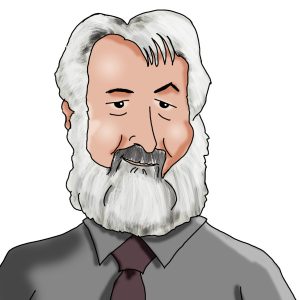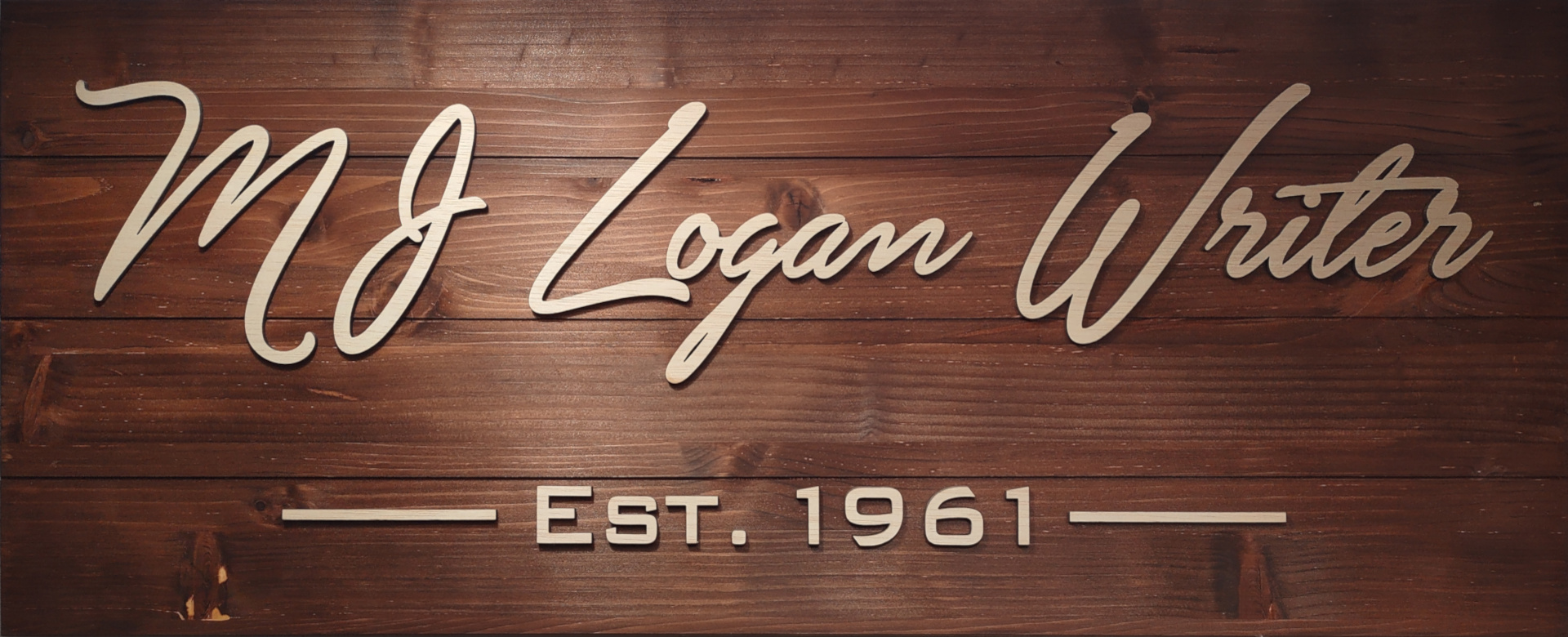About MJ Logan
Last Page Update: September 24, 2023
MJ’s Early History
 I was born in the 1960s in a small north-central Wisconsin town. My mother was a registered nurse who left her career before it got off the ground to raise me and my three younger brothers. Dad was working his way up as an anesthetist and until I was 10 years old, we moved often. By the time I turned four, we had already moved three times.
I was born in the 1960s in a small north-central Wisconsin town. My mother was a registered nurse who left her career before it got off the ground to raise me and my three younger brothers. Dad was working his way up as an anesthetist and until I was 10 years old, we moved often. By the time I turned four, we had already moved three times.
I was adventurous and as far back as I can remember, I loved to learn anything new.
My desire to read started with Dad reading me the Sunday comics from the newspaper. I wanted so badly to understand how the images and words worked together when so often did they did not. My complete and utter disappointment when the kindergarten teacher told me I had to wait until first grade to read cannot be understated. Kindergarten turned into an endless dragging moment in time until first grade. There, through incredibly boring and another endless dragging moment of repetition, we learned to read.
I probably drove my poor mother crazy with the endless questions. “What’s this word. What does it mean?” I’m sure no one ever imagined a first grader trying to read the newspaper. But I did and by the time we moved again that summer, I was reading the storybooks that Mom or Dad or the occasional babysitter read to us.
Once, I argued a point with my grandmother and apparently, won the argument. She said, “You would make a good lawyer.” I was insulted because I didn’t know what a lawyer was and thought she called me a liar. That was the summer after my sixth birthday.
On Writing
In second grade, my teacher intervened to get me special permission to read and check out books from the entire K-12 school library. In the second semester that year, she talked my parents and another teacher into letting me participate in a speed reading course that interested me. In class, this same teacher gave me small projects or things to read so I could skip the endless repetition that was so common in the early grades.
Our third-grade teacher showed us how to make little booklets from loose-leaf paper with a construction paper cover. Shortly after that first project, she gave me a stack of materials to make booklets. I was prolific and wrote about things I saw or imagined, or more often, from the books I checked out of the library. I was already very interested in electricity and read everything I could about Thomas Edison, and then wrote about what I read in those little booklets. Quite possibly, I was the only third-grade kid in my state to ask for an array of six-volt batteries to experiment with.
My Post—Looking Back—in part, honors these two teachers as having a significant impact on my life.
Later, I found other aspects of science just as interesting and wrote about those experiments as well.
Writing took a back seat to other pursuits for a few years until we began writing longer essays and term papers in high school. It was then that those little booklets paid off because I already understood basic research. At college, I took great pleasure in perfecting lab reports, technical writing assignments, and other required writing.
First semester at the local community college, my English Professor chose my essay on “Changing Seasons” to read at a dinner hosted by friends of my parents and pointed out the vivid imagery.
Early in my career, it was my ability to communicate through writing and to digest technical information that helped to push me up the ladder. Expression through writing also helped me process information and apply it to engineering and programming.
Education
In 1979, I graduated high school near the top of my class with four years of math, science, English, and other studies, and as a three-year varsity football Letterman.
A year later, after a semester at the local community college, I decided to attend Milwaukee School of Engineering as an electrical engineering technology student. I left MSOE and went to DeVry University in Lombard, IL, but after landing a job with a PCB test fixture manufacturer, I did not return and instead chose to pursue my career.
Over the years, I attended many seminars and continuing education classes—often just because the subject interested me. Eventually, as the internet became a viable resource, I worked on subjects of interest as a sideline to work.
Even today, with high school graduation more than 40 years in the rear-view mirror, my desire for education and learning continues unabated.
Work History
For the next nine years, I worked on bed-of-nails test fixtures for bare circuit boards and built in-circuit test (ICT) fixtures and wrote ICT programs on a Zehntel 850. I also designed and built interactive cable assembly fixtures, cable test fixtures, and PCB functional test fixtures to customer specifications.
While working in ICT, frequent side hustles included freelance programming for small engineering companies building custom tools. Most of this work was in assembler or machine code for numerous different processors. I also did computer hardware and software support for anyone that needed it.
Much of my early work at this company was with the group at Motorola that invented the cell phone, and I had a (very small) part in taking that technology from a car trunk full of equipment to a small handset in a bag and beyond.
The use of PCB CAD data to specify and build ICT fixtures was a new aspect of the business, and I wrote numerous programs and tools for extracting data to specify test points and formulate test plans, and to generate x-y coordinates for CNC drills and tool paths for CNC mills, which eliminated the time-consuming, digitizing phase of the test-fixture manufacturing process and more importantly, added considerable accuracy to probe locations on the fixtures.
Around 1988, the company president asked me to respond to a call for white papers regarding the use of CAD data and ICT fixturing. Although not published in its entirety (no one mentioned to me that a lot of what I did was proprietary process. As a result, my paper was heavily edited by the company owner/president). Nevertheless, parts of the paper were used as the basis for an article in a trade magazine.
Near the end of 1991, my position shifted primarily to purchasing and to managing the company’s new computer network and providing computer support. In the spring of 1993, the company was sold. The new owners eliminated a number of positions, including mine.
I took several freelance opportunities writing custom programs for processing medical forms and for a custom window manufacturer. That led to a contractor position with a company that provided technical services to other companies, and I worked at Ameritech (formerly Illinois Bell, a baby bell from the AT&T monopoly breakup and later sold to back to AT&T) for nearly two years on their Fast Track support team, which provided internal support for desktop computer issues.
As the project at Ameritech began to change, I moved on to a company that processed medical insurance forms for health care providers as their data center manager. They had just been sold to Blue Cross Blue Shield, and a little more than year later, the Chicago office was consolidated into the Virginia office and I left the company.
I turned down several offers which mainly centered around writing assembly code for obsolete processors, and for several under-paying positions supporting out-of-date operating systems. There was more freelance programming until I went to work, again as a contractor, for the Federal Government. As a network manager, I supported network operations at the Chicago office of the Federal Supply Service—an agency within GSA—which included email, intranet, internet, and local area network operation. I also managed a three-tier internal support help desk, supported networking at a warehouse, and a number of satellite offices.
I stayed at this position for the full term of the five-year contract. During this time, I also returned to writing and began offering my work to local newspapers in the form of letters and articles, some of which were published, some were not.
When the FSA contract ended in 2002, my wife and I were beginning to invest in real estate and I started a remodeling business as an offshoot. I had a reputation for uncompromising quality and fair prices. Even today, after going out of business in 2008 as a result of the real estate crash, former customers will see me and talk to me about the projects I did for them and tell me how they are still happy with the work I did.
Unsure of my next move, I began writing yet again and saw opportunities for online publishing. I sold my work through several websites, all now defunct, to various publishers. At the same time, I began building my own websites and also websites for local businesses.
Writing web content and building websites for businesses goes hand in hand. Doing either well is a good business, but doing both well is an advantage.
Today, I write content for several companies including everything from product descriptions to press releases, news items, blog articles, and web pages. In addition, I work with local businesses to provide website design in a way that relieves them of the hassles building, owning, and operating a website while helping them rank in the search engines and reach new customers.
While I build websites for most any kind of small business, I don’t write medical or legal content, but can source knowledgeable writers.
